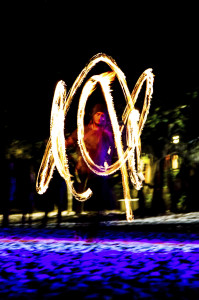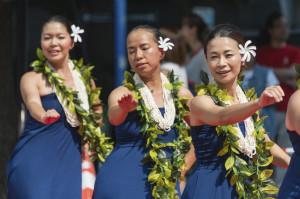Warren Lamb‘s assessments of movement patterns draws upon principles established by the movement expert Rudolf Laban and the management consultant F.C. Lawrence. During the Second World War, these two men collaborated to enhance efficiency in British factories.
Their revolutionary approach utilized “trait and factor” theory in the following way. First, they identified the movement factors required for a given job. Next, they analyzed the movement traits of individual workers, based on observing each person’s movement patterns. Finally, Laban and Lawrence determined the degree to which an individual worker’s personal movement style matched the job requirements.
This procedure allowed Laban and Lawrence to sort workers into three categories. When the worker’s movement traits matched the motion factors of a job, he/she continued to do the job. When the worker’s movement patterns only partially matched what was needed to function efficiently, the worker was given movement training. When the worker’s traits did not match the job, the worker was given a different function more in harmony with his/her movement style.
For example, Laban observed one man whose assembly line task required a lot of rapid action that did not match the fellow’s movement preferences. In fact, he complained almost continuously, and this irritated his co-workers. Laban moved him to a slower paced job, one that required more precision and craftsman-like care. The man stopped complaining and his social relations with the other workers also improved.

Following the Second World War, Warren Lamb studied with Laban and collaborated with both Laban and Lawrence, becoming thoroughly grounded in the principles and procedures they had established. When Lamb began to work independently as a consultant, he followed the same procedures. He carefully analyzed the movement traits/movement patterns of the candidate, established the action factors of the job and based his advice on the extent to which the candidate was a good match.
Lamb gradually began to elaborate on the principles he had absorbed from his training with Laban and Lawrence. He recognized that, while everyone has to do his job, each person has more aptitude for some parts than for others. This led Lamb to approach his individual assessments according to the following convictions:
- Each person has a distinctive movement pattern.
- We should try to act in accordance with our movement preferences.
- There is no one way of doing a job.
- Maybe we can find a new way of doing a job that matches our movement patterns.
- If it is impossible to find a way, then we are unsuited to that particular job.
Through disciplined study of authentic individual movement patterns and principled advice, Lamb came to be internationally renowned as a management consultant. Find out what one of Lamb’s clients had to say about the value of his Movement Pattern Analysis profile in the next blog.







 Moving rhythmically, in sync with others, is a peculiar human pleasure. “Muscular bonding” is the term William McNeill has coined to describe “the euphoric fellow feeling that prolonged and rhythmic muscular movement arouses among participants.”
Moving rhythmically, in sync with others, is a peculiar human pleasure. “Muscular bonding” is the term William McNeill has coined to describe “the euphoric fellow feeling that prolonged and rhythmic muscular movement arouses among participants.”
